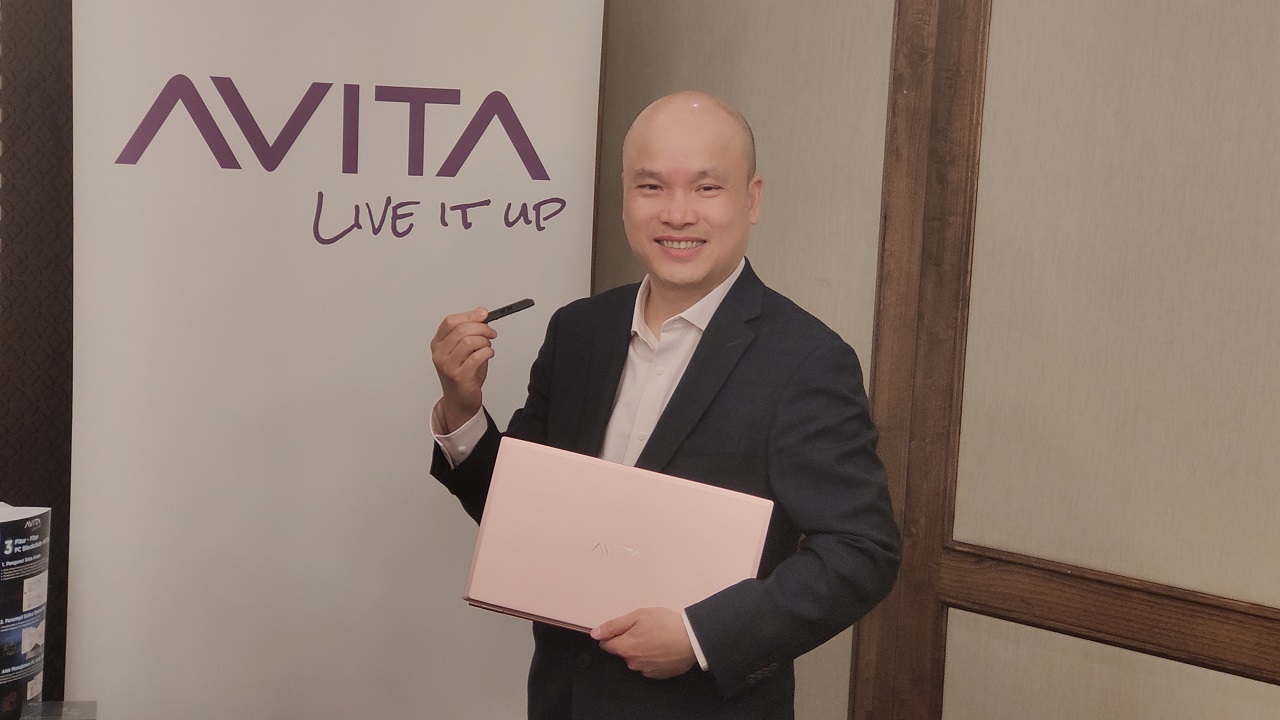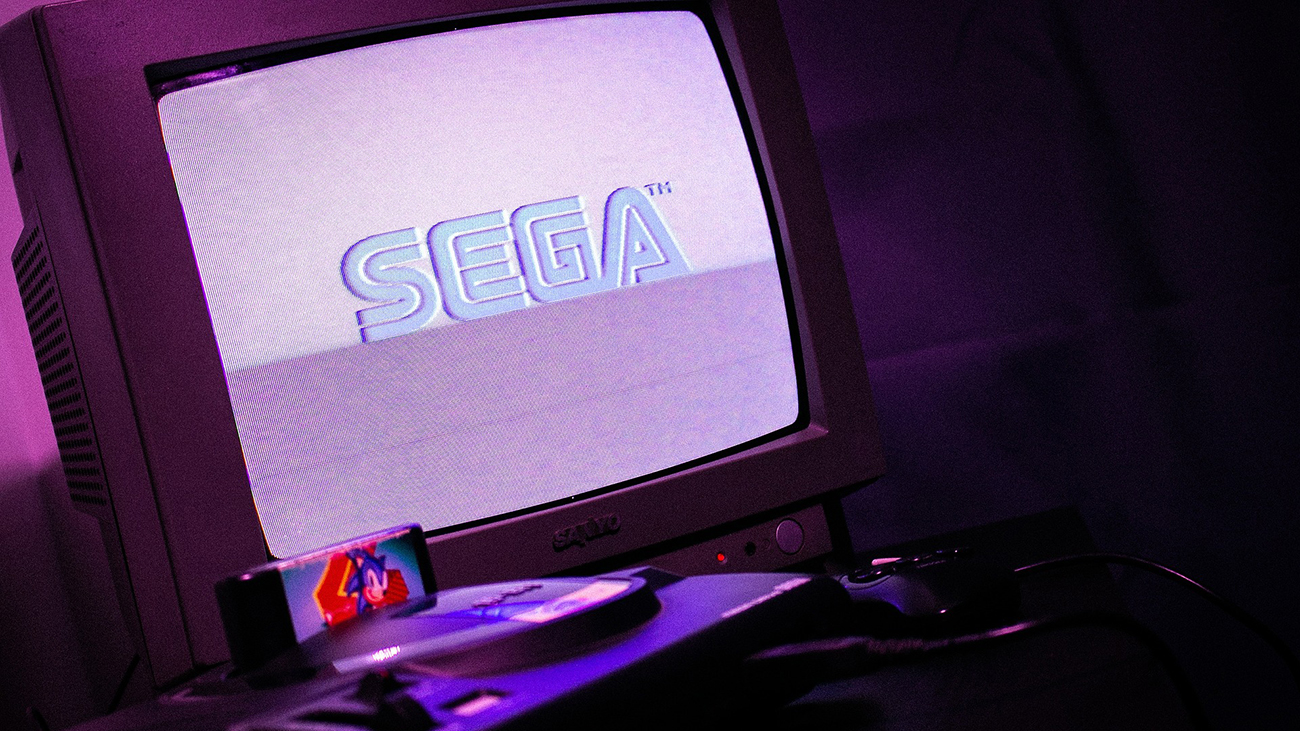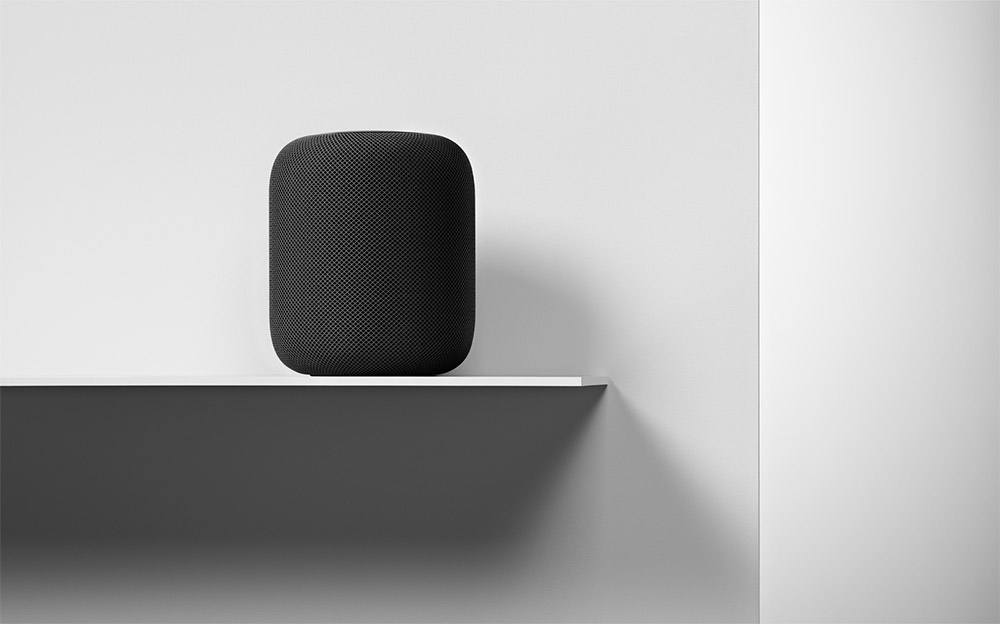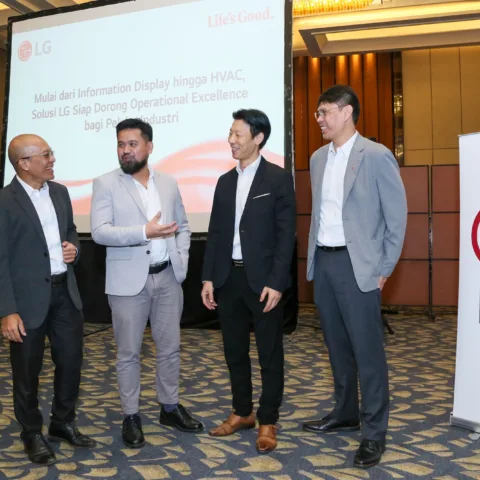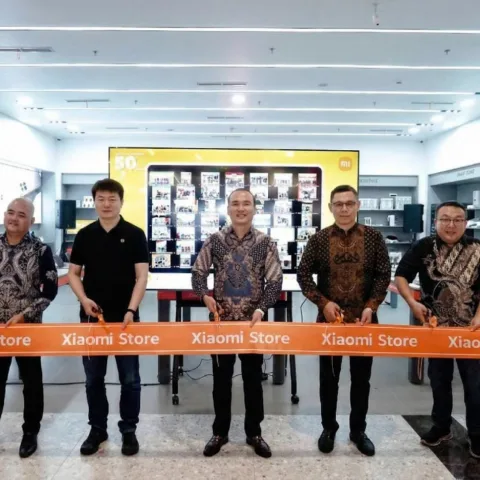Technology industry is currently stuffed with cryptocurrency discussion, including the technology behind it, blockchain. Blockchain gets the spotlight as it offers a concept that capable of changing transaction technology and information exchange. The decentralized nature of the concept offers an information exchange that can spread easily with security claimed to be unshakeable.
One of the massive news about the blockchain in Indonesia is the involvement of a red-plate company, PT POS Indonesia in this technology implementation. Through a system called Digiro.in, POS Indonesia wants to use blockchain technology for many things. One of which is for multicurrency services.
A news in Media Indonesia shows that PT POS Indonesia’s Director, Gilarsi Wahju Setijono, explained the blockchain technology can be applied to giro service. It is expected to evolve the giro transaction process. Setijono explain on the news that until today, POS Indonesia has functioned in the financial services such as payment, transfer or remittance to the distribution of former TNI and civil servants. Later, through Digiro.in, giro asset management can be unlimited, crosscurrency or multicurrency to the gold-form of money.
“Multicurrency in the same application can be used as a means of payment. It can also be used to manage assets, as to be used to buy gold that can be disbursed at the post office. Land certificates can also be stored there,” he explained.
Furthermore, Digiro.in system is predicted to reduce transfer cost for TKI from 6%-7% to only 2%. The system will complete POS Indonesia, not only on sales and purchases, but also to manage funding or customer’s assets in blockchain system. For further information, Digiro.in is a blockchain system developed by POS Indonesia by cooperating with Corechain.
There is no further information regarding Digiro.in system and the implementation in POS Indonesia. POS Indonesia’s step in the blockchain technology can be appreciated as a concrete step in seeking technology-based solution.
–
Original article is in Indonesian, translated by Kristin Siagian


